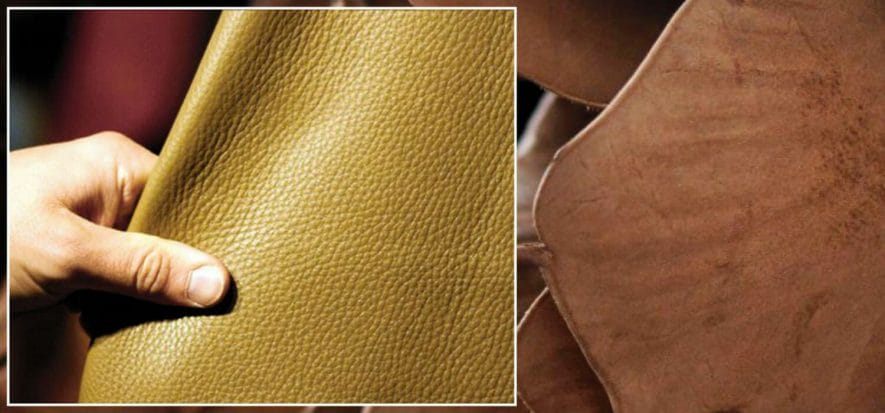The list is long and varied, because in recent years UNIC – Italian Tanneries has spent a lot of time defending leather. There are fashion houses, of all segments and specialisations, from Armani to OVS, passing through Calzedonia. Then, there are e-commerce channels, such as YNAP and Amazon UE, and online and traditional newspapers, such as Il Post and Il Giornale. There is Juventus FC, design brands (Foppapedretti) and car brands (FCA, Mercedes and Mazda, to name a few).
There are, ça va sans dire, the most savvy producers of alternative materials. UNIC’s legal actions are aimed at “incorrect terms” in the information field, and “denigrating attacks” on the tanning industry. The legal office, we said, has been very active for years.
But, since the Leather Decree came into force, which finally regulates unambiguously and unequivocally what can be defined as leather, and what not, even more so.
Defending leather
UNIC presented the report of its legal activities during the last general assembly. The warnings urge a large audience of interlocutors to correct inappropriate texts. The requests for rectification, on the other hand, ask for compensation to be made to “false allegations against the tanning industry”.
They hit the mark. In this way “the removal of incorrect expressions”, UNIC claims, their replacement with the indication “of the exact composition of the product (for example 100% PVC)” and “the publication of corrections” were obtained. Recent cases, such as that of Chiara Ferragni, and past cases, such as the quarrel with Wineleather, demonstrate the effectiveness of the action.
A question of fairness
Bio leather, faux leather and, again, the English-speaking variants, such as vegan leather. These terms are very widespread and, all of them, deeply wrong, because they are “unclear and misleading”. UNIC (association that is part of Confindustria Moda) reminds us that, first of all, “you cannot qualify as leather what does not derive from animal remains” preserving its fibrous structure.
And that, then, it is incorrect to say the least that producers of alternative materials, whether synthetic or bio-based, appropriate their products with the aura of “a more prestigious material” only with a lexical trick. The question has two reflections.
One is unfair (and sometimes defamatory) competition with tanneries. But there is also the damage to the consumer, who is “led to believe that what is not leather is leather” and who “is forced to suppose that an article to be ecological must not come from animal remains”.
Read also:











